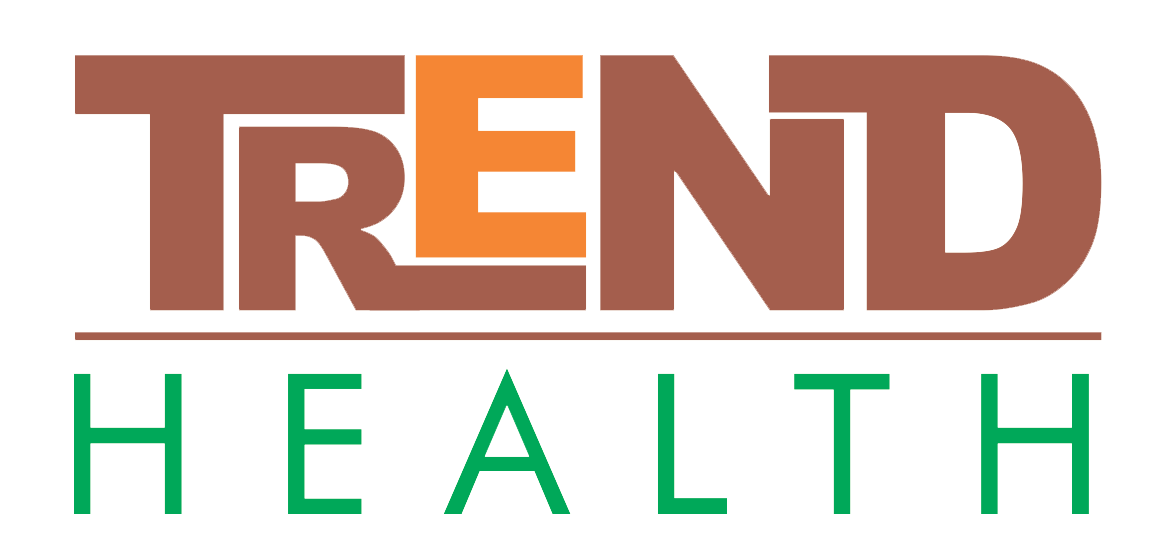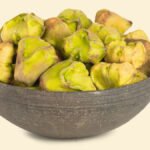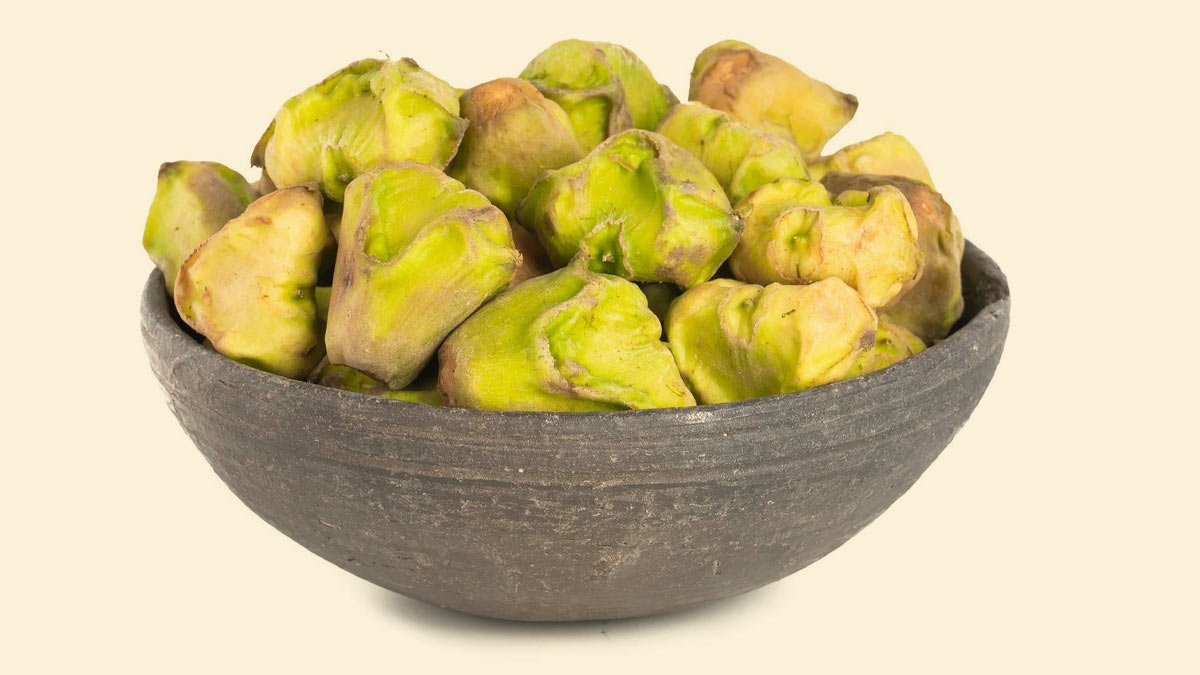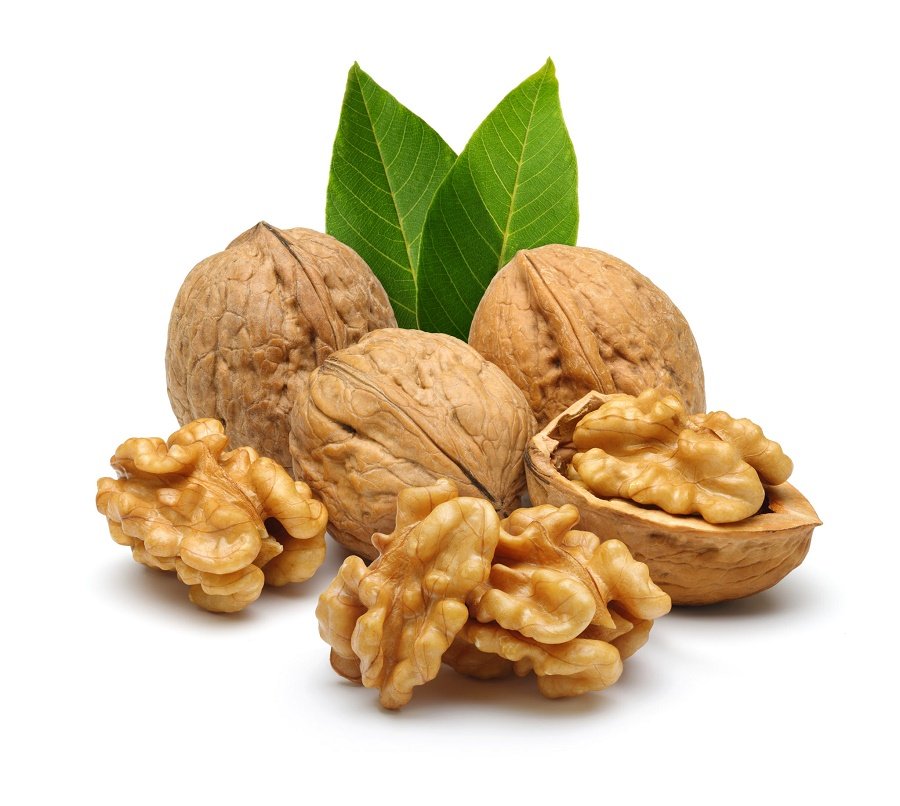What is Chestnut Tree?
The ancients used to say that “when you eat chestnuts, you forget your suffering” when they wanted to emphasize the beneficial properties of this delicious fruit. Known since antiquity, they were a choice food for Gods and humans, and they constituted “the bread”, the daily food of the mountain populations of Europe during the winter a few decades ago. Particularly popular during the Christmas season, they are an ingredient in many festive recipes.
The chestnut belongs to the Castanea Sativa family and thrives in forested areas of China, Japan, Europe and North America. In Greece, they grow mainly in Thessaly, Macedonia and the mountainous areas of Crete, the Peloponnese and Lesvos. The Chestnut Tree is a very large deciduous tree that is characterized as hermaphrodite because it bears male and female flowers on the same tree. It begins to bear fruit after 5-6 years from its planting. Each tree can yield 20 to 50 kilos. Chestnuts grow on the tree, inside a thorny shell and when they mature, the shell tears and the chestnuts fall to the ground, where they are collected. The varieties of Pelion and Crete are well-known.
In the market we usually find two types of Chestnut Tree: wild chestnuts and chestnuts, which are sweet and coarse. Wild chestnuts thrive in cold climates, while chestnuts are a cultivated product intended for the manufacture of various products such as glazed chestnuts, jams, sweets and flour. Every year, in the month of October, the “Chestnut Festival” is successfully organized in various municipalities of the country, where residents have the opportunity to taste traditional chestnut recipes. They are used in cooking and confectionery in various recipes, enriching them with their earthy, sweet flavor, and are also made into flour, mainly in various regions of Asia. In northern Italy and central France, bread made from chestnut flour is very widespread.
The chestnut tree is also called “bread tree” and originates from Oceania. Chestnuts date back to prehistoric times and were one of the first foods of man. Theophrastus mentions chestnut cultivation in the 3rd BC century and the ancient Greeks considered Chestnut Tree a superior food to walnuts, almonds and hazelnuts. In antiquity they were known by various names such as “Dios valanoi”, “Euvian acorns”, “lopima” or “Sardian acorns”, they were an excellent supplement to the diet, or in some cases. a complete meal. Both in Byzantium and later in the Middle Ages, they were the staple food of the poor people of Europe in times of plague and not only.
In the mountainous regions of Italy, France and Spain where cereals did not thrive, Chestnut Tree were for many centuries the staple food of farmers. They were boiled, dried and ground into flour and made into a kind of nutritious porridge. When potatoes and corn made their appearance from the New World in the 19th century and trade increased, Chestnut Tree were no longer the bread of the poor, their cultivation declined and they went from being a staple to a supplementary food in Europe.
Chestnuts, the Benefits of the winter fruit for the Human Body
Chestnuts appear with the first cold weather and symbolize the arrival of winter. Chestnuts thrive in forested areas at high altitudes with a slightly cold and humid climate. Although considered the “king” of nuts, the nutritional value of the chestnut is closer to that of sweet potatoes or corn and less than that of nuts. It has a high water content, low fat content, is an excellent source of complex carbohydrates and fiber while providing much fewer calories than other nuts.
Chestnuts are a type of nut, although their nutritional composition is more reminiscent of a starchy food, as they have a significantly lower content of fatty acids. They contain B vitamins which stimulate and protect our nervous and immune systems.
They also Contain Sodium, Potassium, Calcium, Magnesium, Phosphorus, Iron, Zinc, Contributing to the regulation of blood pressure. They are a good source of monounsaturated fatty acids, which help reduce bad cholesterol. With the fiber they contain, they help with good bowel function, but also fill us up, and maintain stable blood glucose levels so that we do not feel hungry.
The biological value of their protein is comparable to that of egg protein and is easily digested by the body. They are also rich in folic acid, which is essential for the formation of red blood cells, the synthesis of RNA and the replication of DNA, while its adequate intake from the diet during the period before conception and pregnancy helps prevent neural tube defects in the fetus.
Chestnuts are the only nut that contains vitamin C, and in fact, in an amount of 12 grams per serving of 4-5 medium chestnuts, which corresponds to 20% of the recommended daily intake. In addition to a significant amount of vitamin C, chestnuts also provide other antioxidants, such as vitamin E and .
In fact, chestnuts are among the nuts with the highest antioxidant content, along with walnuts and pecans. They do not contain gluten, so they are ideal foods for meeting the calorie needs of people suffering from .
Compared to other nuts, chestnuts have the fewest calories. Specifically, walnuts contain 646 Kcal/100 g, pistachios 596 Kcal/100 g, almonds 591 Kcal/100 g and finally chestnuts as mentioned above 213 Kcal/100 gr.
Almond (or soy) milk with chestnuts is ideal for women going through menopause. Because it is extremely rich in minerals and plant hormones, it soothes menopausal disorders, while also contributing to the prevention of osteoporosis.











